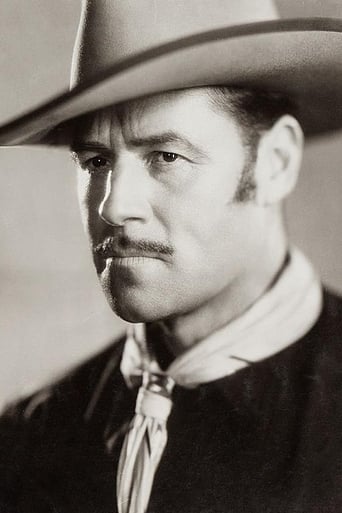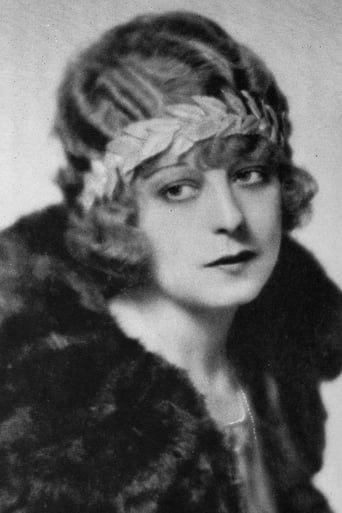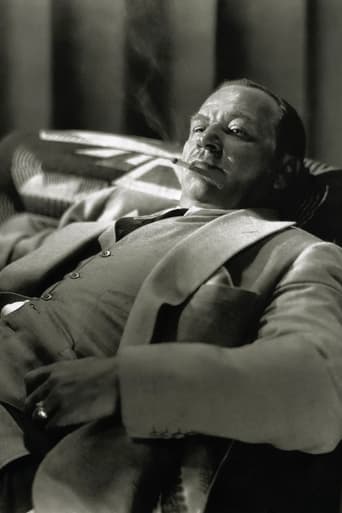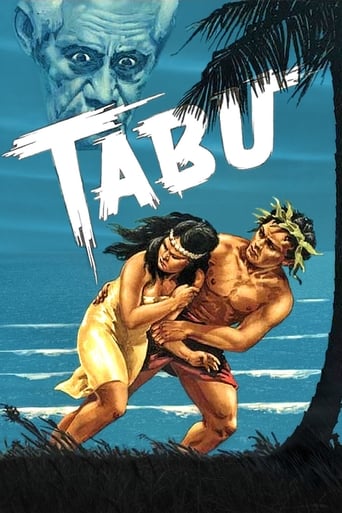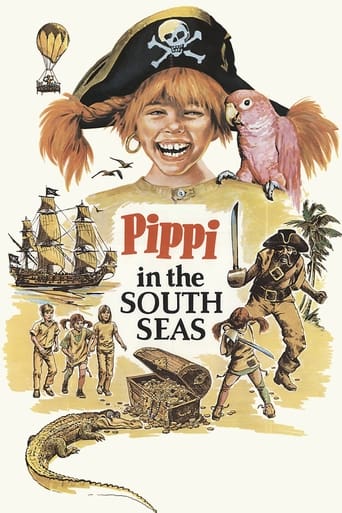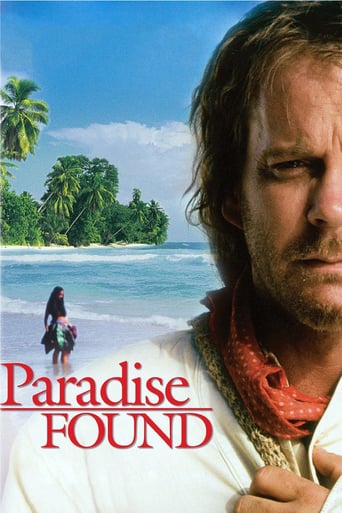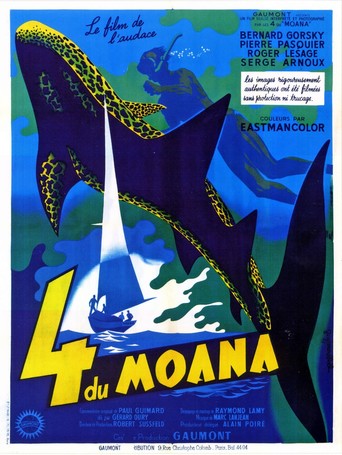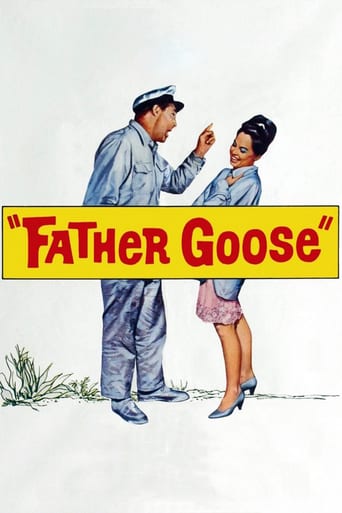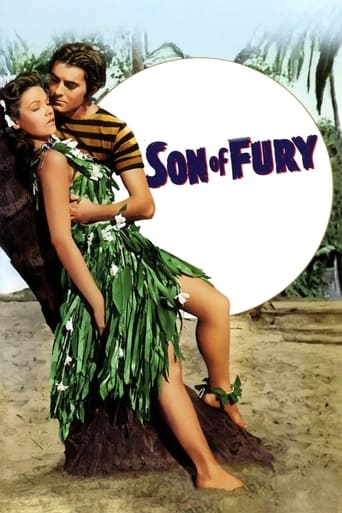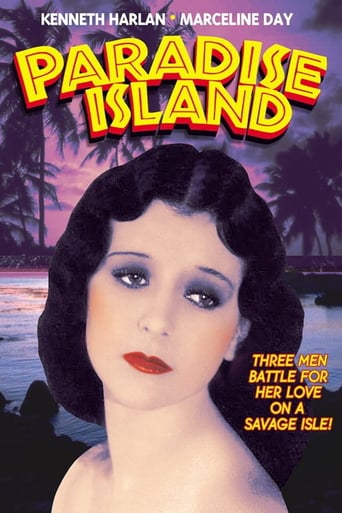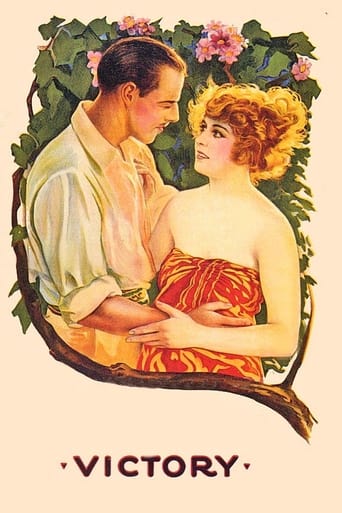
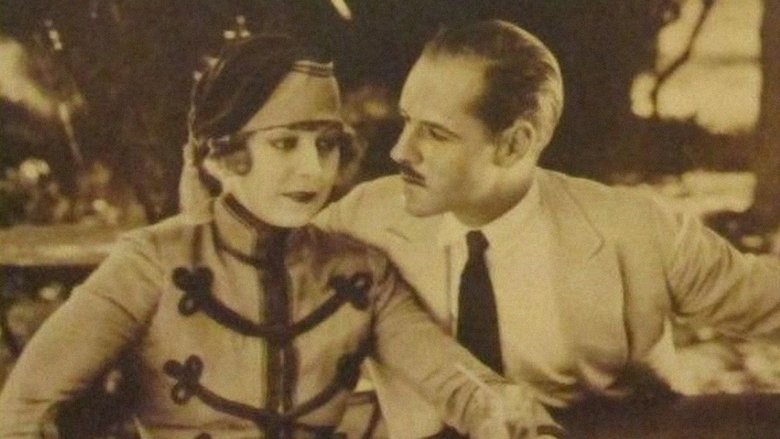
Victory (1919)
Adaptation of Joseph Conrad novel about lust and violence on a South Seas Island.
Watch Trailer
Cast


Similar titles
Reviews
I like the storyline of this show,it attract me so much
It's no definitive masterpiece but it's damn close.
All of these films share one commonality, that being a kind of emotional center that humanizes a cast of monsters.
An old-fashioned movie made with new-fashioned finesse.
Heyst is a man who lives in isolation and peace on a secluded Island, but while doing business at a hotel on the mainland encounters Alma, an attractive violinist who is being abused in her profession. He takes pity on her, and as she wishes to escape, steals her back to the Island with him. Schomberg, the owner of the hotel, desired Alma for himself, and teams up with a group of criminals in order to win her back. The criminals travel to the Island, and once there it is one betrayal after another. The girl tries to please both Ricardo and Heyst in order to save herself. Ricardo, desiring the girl for himself, turns against their criminal leader Mr. Jones, as does Pedro who suddenly sees an opportunity to avenge Mr. Jones for murdering his brother some years ago. A couple of these characters die, one survives, and Heyst and Alma suddenly realise they love each other. For some reason we never get closure on what happens to Pedro or Schomberg, and the film ends with a few plot threads hanging.It is essentially an early pirate film, violence and adventure, and of course, sex appeal, with Alma spending much of the third act in a dress with her shoulders bare, which was fairly raunchy for the time. It was perhaps quite a spectacle in 1919, but pales in comparison to the achievements of modern films. And while the winding plot keeps us engaged, it all unravels in the end. Mr. Jones, leader of a criminal gang, can not hit his target with a pistol from five metres, nor can Ricardo, expert knife thrower, hit his, but Heyst, peaceful man who has never held a gun before in his life, can hit his target from a greater distance. Actually, not much in the third act makes a great deal of sense. I guess they were hoping the gunfights would distract you from that, but that trick won't work in 2018!Thematically, it is about the strong allure of women, and how their very nature can turn men from their peaceful ways, and against each other into wickedness. To the films credit, the scenery was nice, as was the use of the smoking volcano as both metaphor and potential hazard.
After watching Maurice Tourneur's "Victory", the first movie of a Joseph Conrad novel, it makes one lament the loss of Tourneur's "Treasure Island" which also was photographed by Rene Guissart and had Lon Chaney in a great make up. Long thought lost, a beautiful pristine 35 mm print of "Victory" was located in a European film archive. Along with Chaney the cast has pretty Seena Owen looking quite seductive, suave but dull Jack Holt, menacing Wallace Beery, frightening Bull Montana and odd Ben Deeley. Deeley is the least known of the cast. He was married to Barbara LaMarr and would die in 1924 two years prior to Barbara. Deeley made several silent films but "Victory" is one of his few that survive & he gives a memorable creepy characterization. In addition to "Victory", several classic Tourneur silents survive ie Alias Jimmy Valentine(1915), The Wishing Ring(1914), Pride of the Clan(1917), Poor Little Rich Girl(1917), A Girl's Folly(1917), The Blue Bird(1918), Prunella(1918), Last of the Mohicans(1920), The White Moth(1924) and parts of the Mysterious Island(1927-29). Thankfully "Victory" survived the decades, in great condition, and is a great silent film to introduce a newcomer to the genre. A very high & enthusiastic recommendation. Maurice Tourneur, Paramount.
Maurice Tourneur and Lon Chaney collaborated on several films in the late teens/early 20s, but this is the first I've had the privilege of seeing. I was not disappointed; I think it's a fine film and really has some very interesting visual aspects and performances.Maurice Tourneur was known as a master director in the silent era, and though not many of his films survive (I would be very curious if anyone sends me a list or responds with names of films that can be found) this film bears out his reputation. The only earlier Tourneur film I've seen is the gangster film "Alias Jimmy Valentine", and in this one Tourneur shows a similar penchant for geometric compositions and heavily contrasted shadow-play, at many points actually using silhouettes to tell the story when the action becomes intense and violent. There isn't the same kind of feeling from the way he uses these techniques however as what you get from the German masters of expressionism. Tourneur is creating an effect that emphasizes not only the formal aspects of the characters' environments but also the animal-ism of the characters themselves, whose bodies are often weirdly distorted when we do see them in silhouette. At other points Tourneur uses a kind of extreme geometric contrast to evoke the natural beauty of the world and the loneliness of nature, as in the scenes showing Alma and Heyst sailing out of town, their boat proceeding to the left at a sharp angle while a bunch of rocks rises up in the opposite direction on shore and a lone fisherman holds his rod at a sharp angle on the right. This type of shot occurs at several points in the film and seems to be a trademark Tourneur style judging from the famous still photos I've seen from "Peter Pan" and "Treasure Island" (both of which are lost if I'm not mistaken).There are some scenes in the film that I thought were incredibly graphic for the time, such as the scene where Mr. Jones pushes Pedro's brother in the fire head first, and we actually see a model of the man practically exploding in the fire. Very convincing effect, still packs some shock value because the graphic nature of the shot is so unexpected. Likewise in the later scene where Ricardo tries to kill Heyst and in the film's final moments with Pedro and Mr. Jones.Now, the performances. Might as well start with Lon Chaney's masterful turn as Ricardo. His makeup is always convincing but I've never seen him in a Mexican makeup, and it was so well done that I wouldn't have even recognized him in the early shots where the camera isn't very close if I hadn't seen the name of his character on the cast list. I've never seen Chaney so animalistic as he is in this role. While for the most part the other characters walk around very upright with creased pants and so forth, Roberto has his pants slung low around his waist and he walks with a stoop. There's a great shot of Chaney when he comes back to Heyst's house to retrieve his precious knife (he has a very fetishistic attachment to that knife), he creeps on all fours to the edge of the window and leaps through the window without raising his frame at all, landing inside the house still crouching down like a cat. In the "flashback" scenes where he's about to kill Pedro, he dances around the man's vulnerable body with his knife like a demon. Chaney projects a menace and a kind of sordid evil that is remarkable even among his many excellent film performances.His master, Mr. Jones, by contrast is a kind of quiet menace, a man who projects a kind of evil that's reptilian to Chaney's apelike brute. It's interesting that Jones and Chaney are both defined by their weapons. Jones relies on his gun, and when his gun stops working he basically is neutered. Chaney relies on his knife but as stated is much more personally attached to it. The knife is a somewhat more intimate weapon, even though Chaney throws it, and that suits the difference in style between the two villains. Bull Montana gives a remarkable performance also as Pedro as well, a man who's hidden his emotions from the world very successfully, by pretending to be evil while awaiting his chance for revenge.Wallace Beery gets all of his bits in the first half of the film. His character is just as evil as Jones and Roberto but he is the type who gets others to do his dirty work for him. He is certainly cunning as he discovers a way to get revenge on Heyst while ridding himself of the loathsome lodgers. The scenes with Beery and Chaney have a crackling kind of energy, which Tourneur highlights by concluding the scene with a shot of the 2 of them cackling conspiratorially while framed in the same shot. Beery's Shoemberg strikes me as a hypocrite, a man who hides his evil while Roberto wears his lack of morals like a badge of honor.Owen is effective as Alma, but Holt comes off a bit weak as Heyst. I guess a lot of that is just part of the role, he's quite a stick in the mud in a lot of ways.
This is a good atmospheric melodrama that successfully adapts a Joseph Conrad story of human needs and emotions, and it adds a memorable supporting performance by Lon Chaney as a bonus. The first part moves at a nice, deliberate pace, allowing the characters to define themselves and the tropic island atmosphere to sink in. Then, once it gets moving, it produces some tense moments of suspense, action, and danger.Jack Holt plays a moody recluse who is drawn into helping out a musician played by Seena Owen. Just as things start to work out for both of them, the villains - Wallace Beery, as a brutish hotel manager, and a ruthless gang that includes Chaney's character - take over the course of events. The story is rather simple in itself, but (as is often the case in Conrad's novels) the key is to watch the characters as they respond to developments.Holt is actually rather bland as the hero, and this is the main thing that keeps it from being one of the finest pictures of the late 1910s. Owen is quite sympathetic in her role, and often effectively underplays her character's emotions. Beery is well-cast and performs well, but it is Chaney who grabs the attention from everyone else whenever he is on the screen. Even in a supporting role like this, his attention to detail and his understanding of his character's nature come across clearly.The cast and story work well together and with the setting. The smoldering volcano not only provides atmosphere, but is also an appropriate image for the changes taking place inside the characters, as the tense story movies towards its conclusion.


